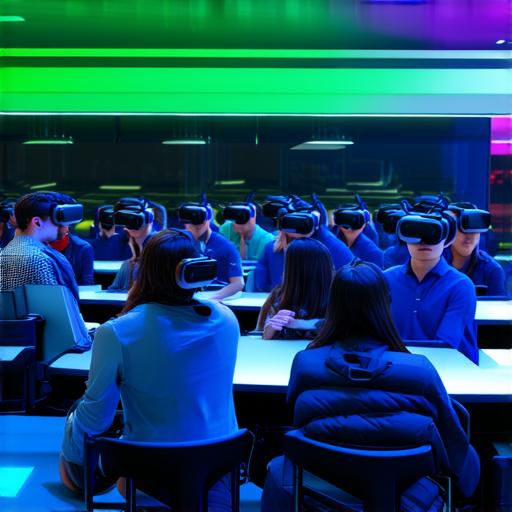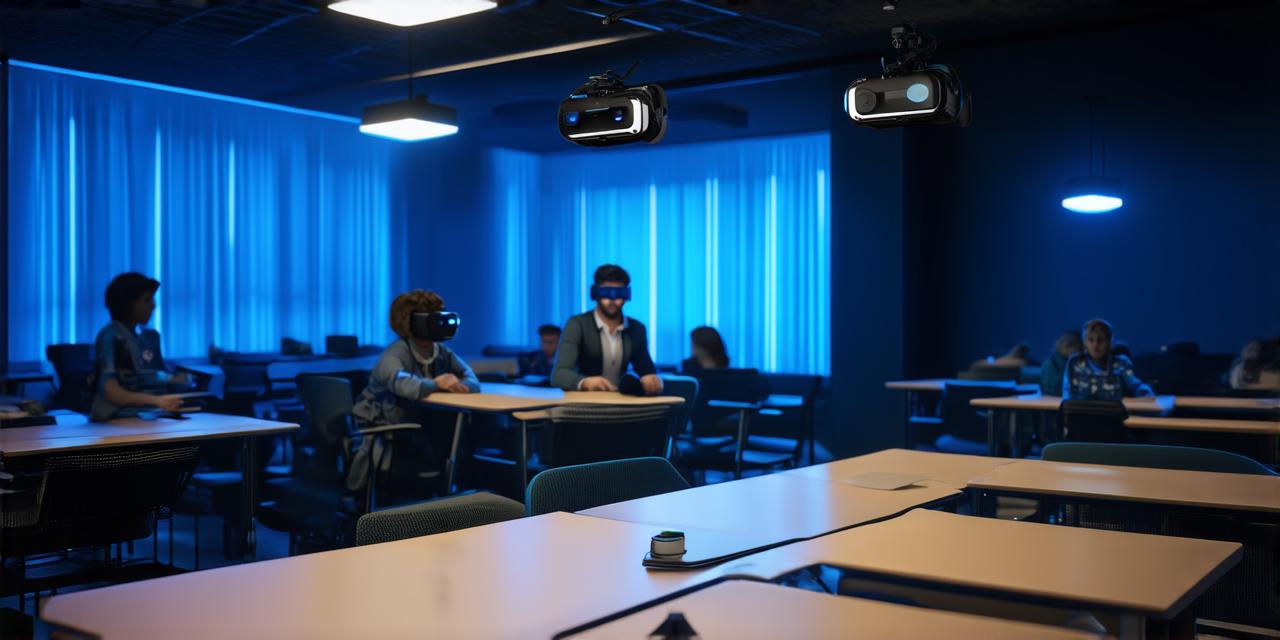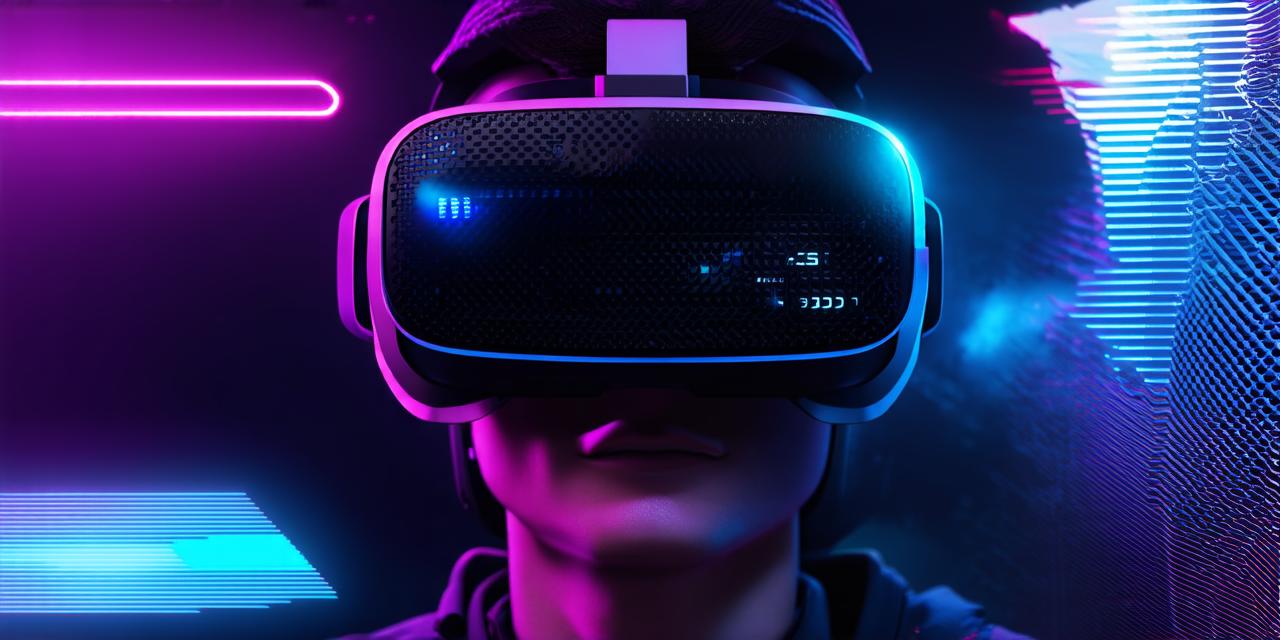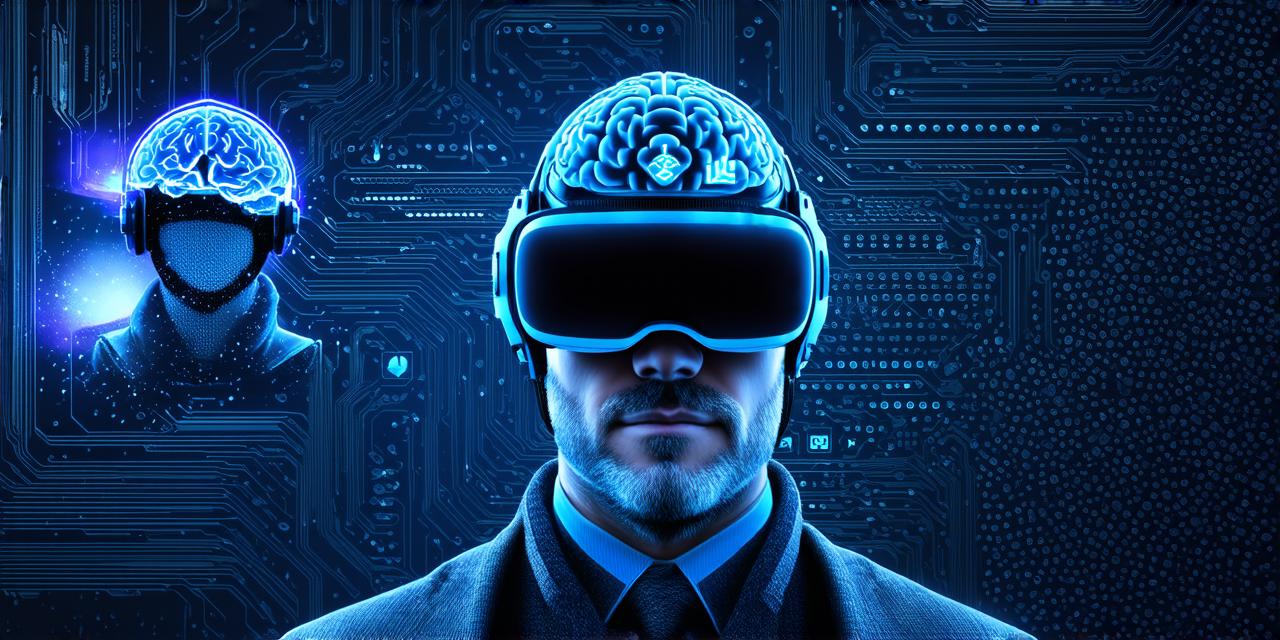Introduction
Virtual reality (VR) is an emerging technology that has gained widespread attention due to its potential to revolutionize various industries, including education. VR provides a highly immersive and interactive experience that can enhance the learning process, making it more engaging and effective. In this article, we will explore the reasons why virtual reality improves teaching methods, supported by case studies and expert opinions.
Improved Engagement
One of the main advantages of using virtual reality technology in education is the improved engagement of learners. Traditional classroom settings often struggle to keep students engaged, especially for subjects that are not their strong suits. However, VR can make learning more interactive and engaging, making it easier for students to stay focused and interested in the material.
For example, a study by the University of Maryland found that using virtual reality technology to teach biology increased student engagement and improved their understanding of the subject matter. The study showed that students who used VR were more likely to interact with the content and retain information better than those who did not use it. Similarly, a study by the University of California found that using virtual reality to teach social skills to children with autism was highly effective in improving engagement and collaboration among students.
Improved Retention
Another advantage of using virtual reality in education is the improved retention of information. Research has shown that immersive experiences, such as those provided by VR technology, are more likely to be retained in long-term memory than traditional classroom settings. This is because our brains are wired to remember sensory experiences better than abstract concepts or textual information.
For example, a study by the University of British Columbia found that students who used virtual reality technology to learn about history were able to recall more information than those who did not use it. The study showed that VR was particularly effective in helping students remember visual and spatial information. Similarly, a study by the University of Washington found that using virtual reality technology to teach physics improved retention and understanding of complex concepts among students.

Improved Accessibility
Virtual reality technology can also improve accessibility for students with disabilities or special needs. For example, students with visual impairments can benefit from virtual field trips or simulations that allow them to experience things they may not be able to in real life. Additionally, students with autism or other sensory processing disorders can benefit from virtual reality technology that allows them to control their environment and reduce sensory overload.
For example, a study by the University of California found that using virtual reality technology to teach social skills to children with autism was highly effective in improving engagement and collaboration among students. The study also showed that VR can help children with autism feel more comfortable and confident in social situations, which can improve their overall quality of life. Similarly, a study by the University of Alberta found that using virtual reality technology to teach physical therapy exercises to patients with mobility impairments was highly effective in improving accessibility and outcomes for these patients.
Improved Collaboration
Virtual reality technology can also improve collaboration among students and teachers. VR allows students to work together on problems and share knowledge in real-time, which can enhance their learning experience and foster teamwork skills. Additionally, VR can be used to create virtual simulations that allow students to collaborate with experts from different fields or locations, providing them with valuable networking opportunities.
For example, a study by the University of Illinois found that using virtual reality technology to teach engineering design projects improved collaboration and problem-solving skills among students. The study showed that VR allowed students to work together on complex projects in real-time, which improved their understanding of the material and their ability to communicate effectively with their peers. Similarly, a study by the University of Sydney found that using virtual reality technology to teach language learning improved collaboration and cultural awareness among students from different backgrounds.
Improved Safety
Virtual reality technology can also improve safety for students by allowing them to experience dangerous situations in a controlled environment. VR simulations can be used to train students in various fields, such as emergency response, military, and aviation, without putting their lives at risk. Additionally, VR can be used to simulate real-world scenarios that may not be safe or accessible for all students, such as exploring ancient ruins or visiting distant countries.
For example, a study by the University of Southern California found that using virtual reality technology to train emergency medical technicians improved their ability to respond to emergencies in a controlled environment. The study showed that VR simulations allowed students to practice various medical procedures, such as CPR and defibrillation, which improved their confidence and performance in real-life situations. Similarly, a study by the University of Cambridge found that using virtual reality technology to teach driving skills improved safety and reduced accidents among young drivers.
Summary
Virtual reality technology has the potential to revolutionize education by improving engagement, retention, accessibility, collaboration, safety, and cultural awareness. While there is still much research needed to fully understand the impact of VR on teaching methods, existing studies have shown that it can be an effective tool for enhancing learning outcomes. AR developers should consider how they can use VR technology to create immersive and interactive experiences that can benefit students and educators alike.
FAQs
1. What are some common ways in which virtual reality is used in education?
a. Virtual field trips, simulations, language learning, cultural awareness, and medical training.
2. How does virtual reality improve engagement in the classroom?
a. VR provides an immersive and interactive experience that can make learning more engaging and effective.
3. What are some benefits of using virtual reality technology for students with disabilities or special needs?
a. Improved accessibility, reduced sensory overload, and increased empathy and social awareness.
4. How does virtual reality improve collaboration among students and teachers?
a. VR allows students to work together on problems and share knowledge in real-time.
5. What are some ways in which virtual reality technology can improve safety for students?
a. Virtual simulations allow students to experience dangerous situations in a controlled environment.




